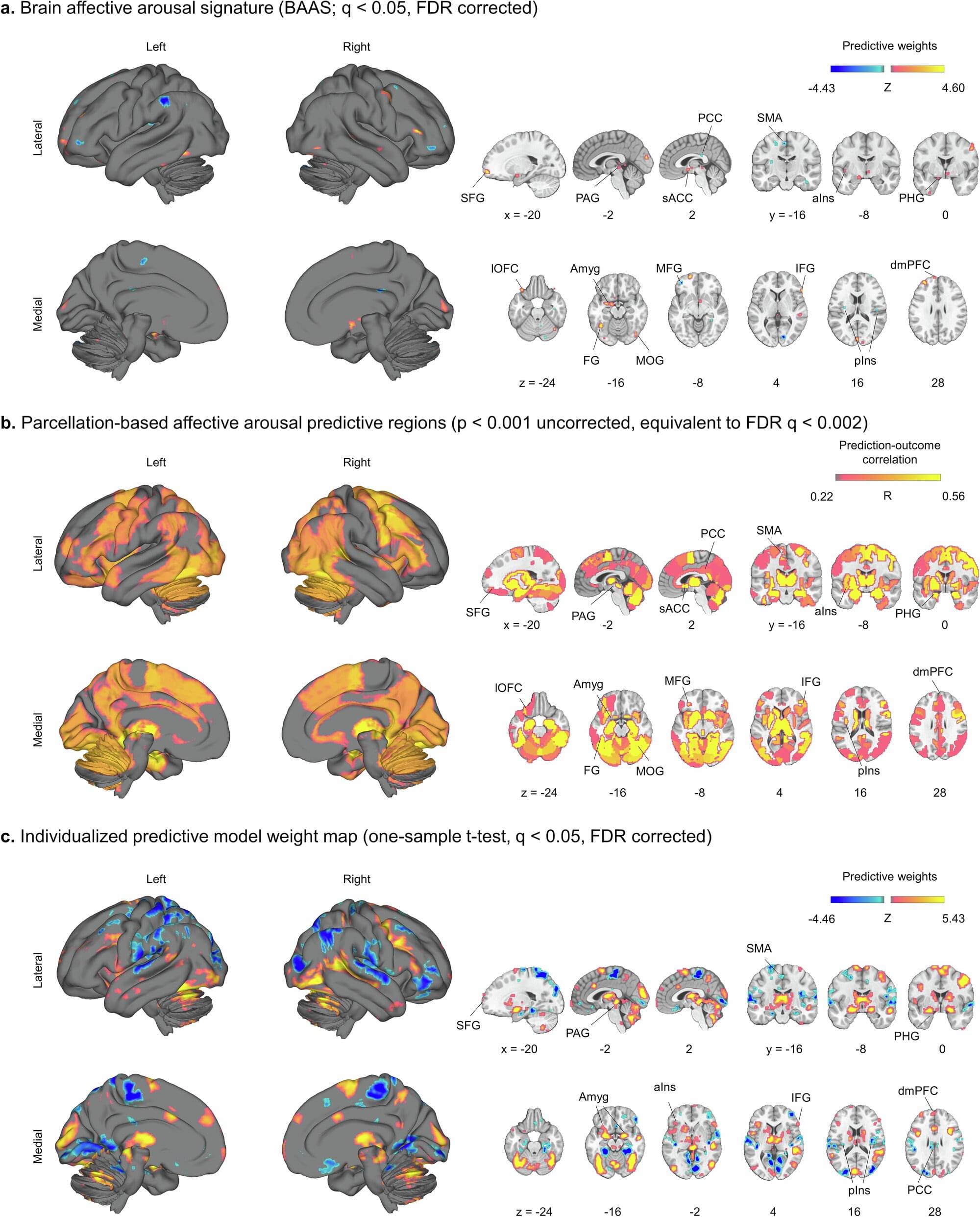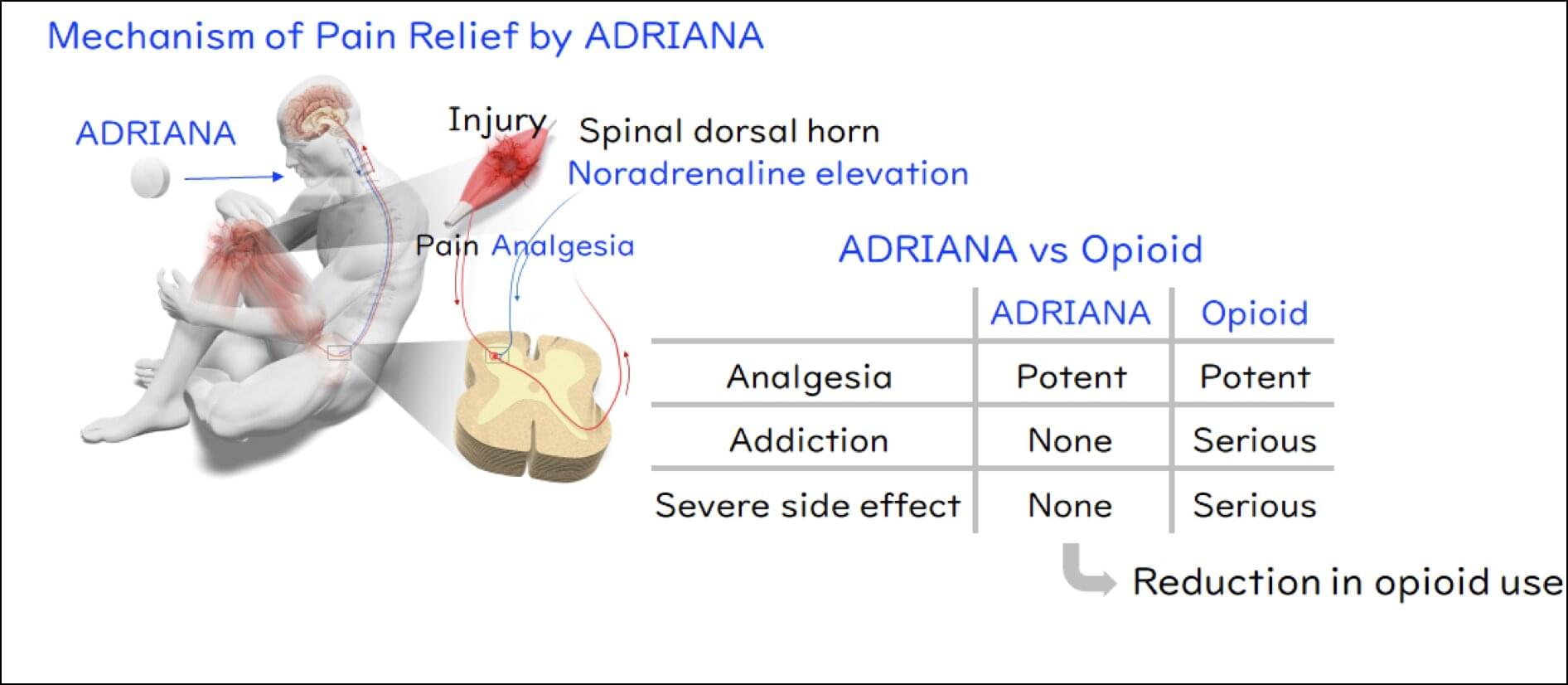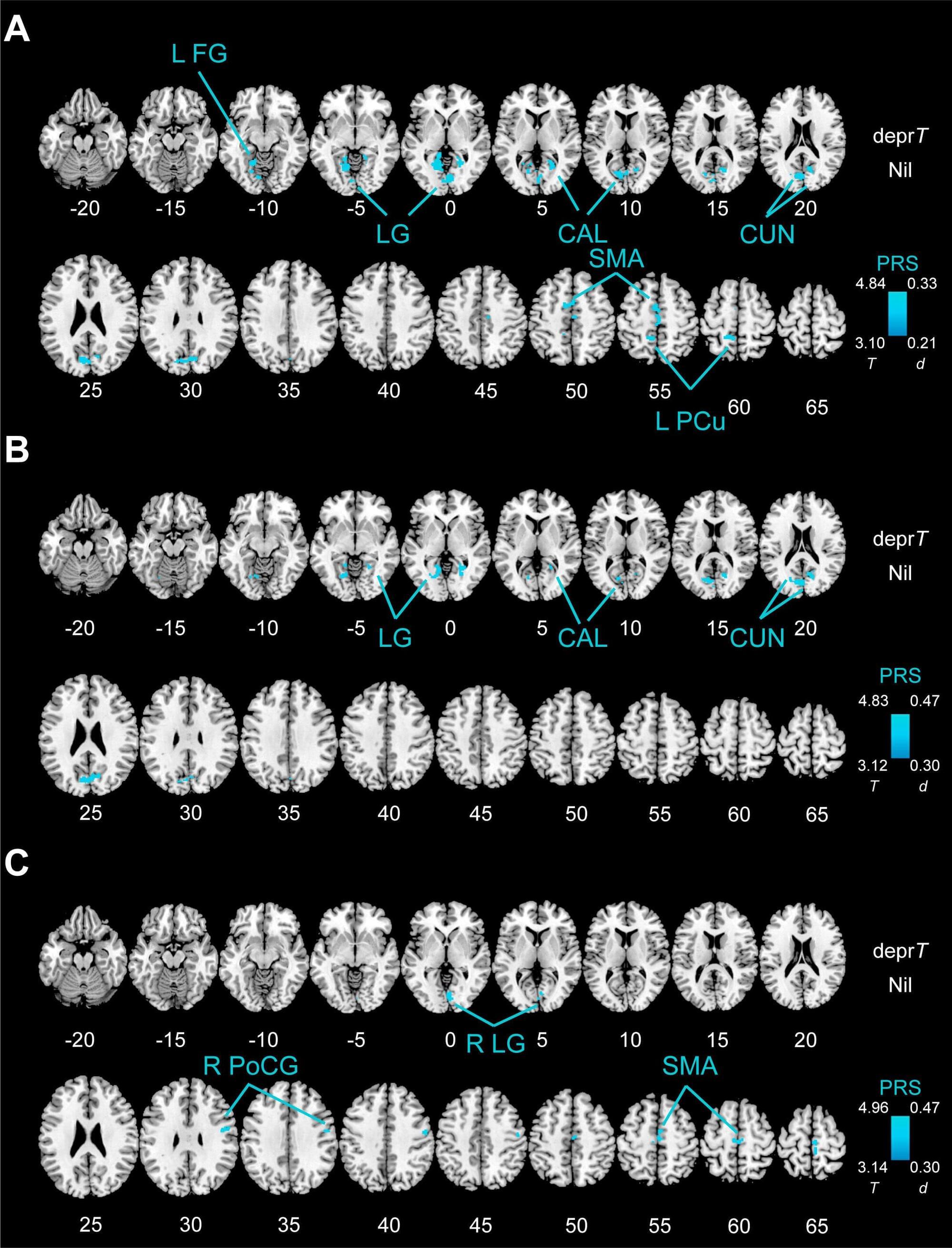Undetected for a year, Plague malware targets Linux PAM to hijack SSH access and erase forensic traces.



Microsoft announced that the transcription, dictation, and read aloud features will stop working in older versions of Office 365 applications in late January 2026.
Read aloud lets users hear documents and emails read back, transcription converts speech into text in real-time, and the dictation feature allows for voice-to-text input across Office applications.
The company advised customers to update their Microsoft 365 Office apps to a version higher than 16.0.18827.20202 (released in early July) by the end of January 2026 to maintain access to these accessibility and productivity features.

A newly discovered Linux malware, which has evaded detection for over a year, allows attackers to gain persistent SSH access and bypass authentication on compromised systems.
Nextron Systems security researchers, who identified the malware and dubbed it “Plague,” describe it as a malicious Pluggable Authentication Module (PAM) that uses layered obfuscation techniques and environment tampering to avoid detection by traditional security tools.
This malware features anti-debugging capabilities to thwart analysis and reverse engineering attempts, string obfuscation to make detection more difficult, hardcoded passwords for covert access, as well as the ability to hide session artifacts that would normally reveal the attacker’s activity on infected devices.

Ransomware gangs have recently joined ongoing attacks targeting a Microsoft SharePoint vulnerability chain, part of a broader exploitation campaign that has already led to the breach of at least 148 organizations worldwide.
Security researchers at Palo Alto Networks’ Unit 42 have discovered a 4L4MD4R ransomware variant, based on open-source Mauri870 code, while analyzing incidents involving this SharePoint exploit chain (dubbed “ToolShell”).
The ransomware was detected on July 27 after discovering a malware loader that downloads and executes the ransomware from theinnovationfactory[.]it (145.239.97[.]206).

A threat actor has been abusing link wrapping services from reputed technology companies to mask malicious links leading to Microsoft 365 phishing pages that collect login credentials.
The attacker exploited the URL security feature from cybersecurity company Proofpoint and cloud communications firm Intermedia in campaigns from June through July.
Some email security services include a link wrapping feature that rewrites the URLs in the message to a trusted domain and passes them through a scanning server designed to block malicious destinations.

Mozilla has warned browser extension developers of an active phishing campaign targeting accounts on its official AMO (addons.mozilla.org) repository.
Mozilla’s add-on platform hosts over 60,000 browser extensions and more than 500,000 themes used by tens of millions of users worldwide.
According to Mozilla’s advisory, these phishing emails are impersonating the AMO team and claim that the targeted developer accounts require updates to maintain access to development features.
Solves major problems associated with integrating electronics, photonics in microchip systems.
The MIT device in the green callout could be key to faster, more energy-efficient data communication. It solves a major problem associated with packaging an electrical chip (black, center) with photonic chips (the eight surrounding squares). This image also shows an automated tool placing the final photonic chip into position. Image courtesy Drew Weninger, MIT.
The future of digital computing and communications will involve both electronics—manipulating data with electricity—and photonics, or doing the same with light. Together the two could allow exponentially more data traffic across the globe in a process that is also more energy efficient.
“The bottom line is that integrating photonics with electronics in the same package is the transistor for the 21st century. If we can’t figure out how to do that, then we’re not going to be able to scale forward,” says Lionel Kimerling, the Thomas Lord Professor of Materials Science and Engineering at MIT and director of the MIT Microphotonics Center.
Enter FUTUR-IC, a new research team based at MIT and funded by the National Science Foundation’s Convergence Accelerator through a cooperative agreement. “Our goal is to build a microchip industry value chain that is resource-efficient,” says Anu Agarwal, head of FUTUR-IC and a principal research scientist at the Materials Research Laboratory (MRL).

Arousal—how alert or excited one feels—is a basic part of emotions, along with whether those emotions are positive or negative. Scientists still don’t fully understand how the brain creates these feelings of arousal, or if the brain uses the same or different systems for emotional arousal compared to states such as being awake or having a bodily reaction.
A recent study led by Professor Benjamin Becker from the Department of Psychology at The University of Hong Kong (HKU) and published in Nature Communications uncovers a brain signature that reveals how emotional intensity is consciously experienced—and whether this experience is distinct from automatic bodily reactions.
Using a powerful combination of AI-driven modeling, advanced brain imaging, and close-to-real-life experimental paradigms, the team was able to uncover a brain signature that precisely measures emotional intensity (arousal) across diverse situations ranging from seeing a loved one to watching a horror movie. Notably, the team was able to disentangle the conscious emotional experience from automatic physiological responses such as sweating or heart racing.

Opioids like morphine are widely used in medical practice due to their powerful pain-relieving effects, yet they carry the risk of serious adverse effects such as respiratory depression and drug dependence. For this reason, Japan has strict regulations in place to ensure that these medications are prescribed only by authorized physicians.
In the United States, the opioid OxyContin was once frequently prescribed, triggering a surge in the misuse of synthetic opioids such as fentanyl. As a result, the number of deaths caused by opioid overdose surpassed 80,000 in 2023, escalating into a national public health crisis now referred to as the “opioid crisis.”
Opioids may soon have a rival, however. A team of researchers at Kyoto University has recently discovered a novel analgesic, or pain reliever, that exerts its effect through an entirely different mechanism. Clinical development of their drug ADRIANA is currently underway as part of an international collaborative effort.

Novel imaging research indicates that young adults with a higher genetic risk for depression showed less brain activity in several areas when responding to rewards and punishments. The study also uncovered notable differences between men and women.
The findings from this new study in Biological Psychiatry: Cognitive Neuroscience and Neuroimaging, highlight potential early indicators for depression before clinical symptoms fully manifest.
Depression is one of the most common mental health conditions, and many people with depression have trouble processing rewards and punishments.